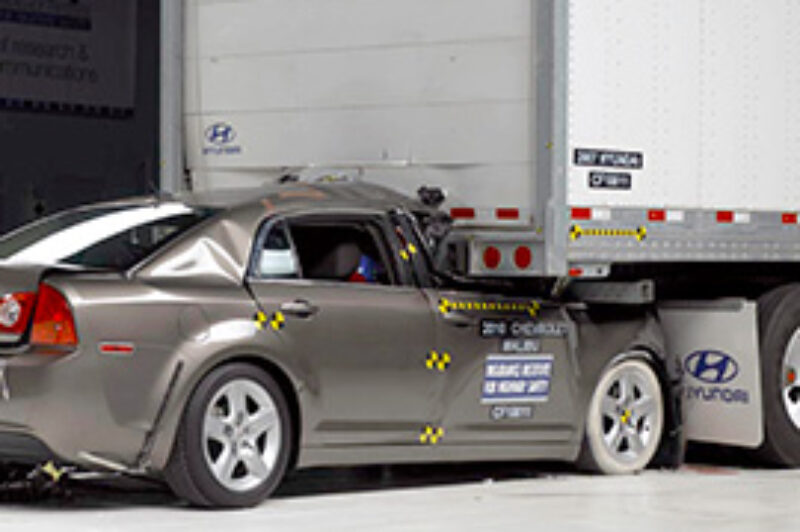
regulations


Special: How New U.S. Trucking Proposals Affect You
WASHINGTON, D.C.-- Lawmakers with the federal government in the U.S. are hard at work, or so they like to claim, putting together legislation to fund road and bridge building and repair projects. While roads and bridges are important in themselves, the legislation is starting to hit every aspect of your industry; it's as expansive as it is expensive. Whether or not you pull in the U.S., this massive legislative exercise will have an affect on the way you do business. As goes the American transportation industry, so goes ours. These elected members of both the House and Senate, of which there are 435 and 100 voting, respectively, are working to beat an end of the month deadline before current highway funding expires, including figuring out where the money will come from and if they will pass a short-term funding patch or a longer one covering several years. While the issued is far from settled, it is clear trucking interests and issues are getting some attention from Congress, with lawmakers offering up proposals that include everything but the kitchen sink.
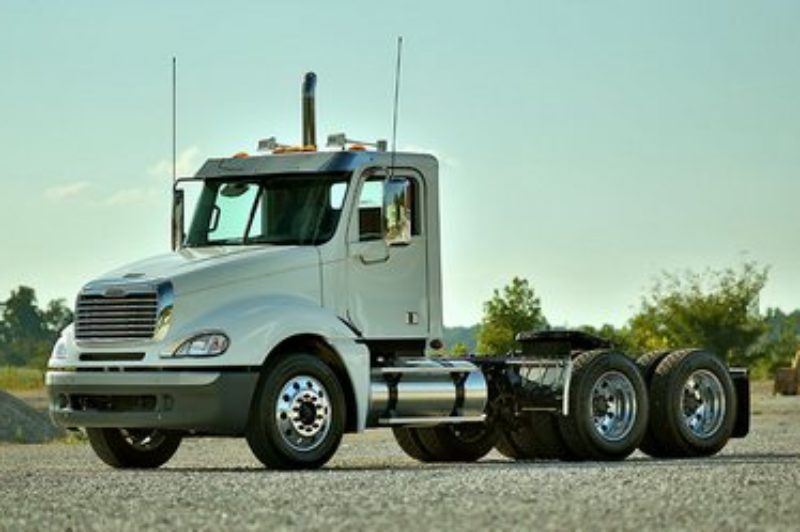
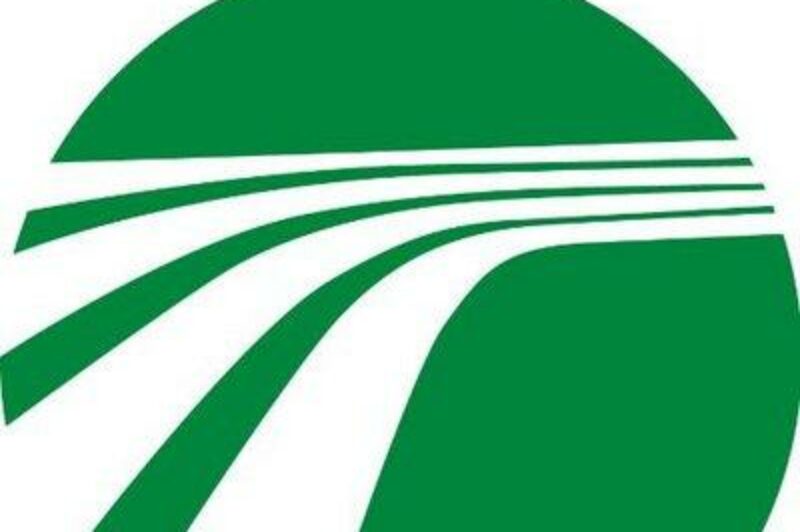

Poll Shows Hazmat Rules Would Challenge Einstein
CHICAGO -- Is complying with the multitude of regulations for the transport of hazardous materials - also known as dangerous goods (DG) - truly a challenge? Is it one so great that even Albert Einstein would have had problems figuring out some of the rules?
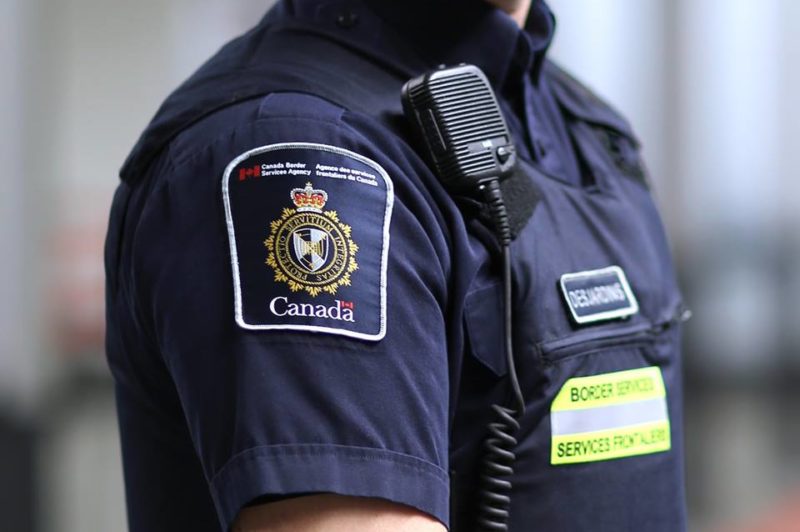
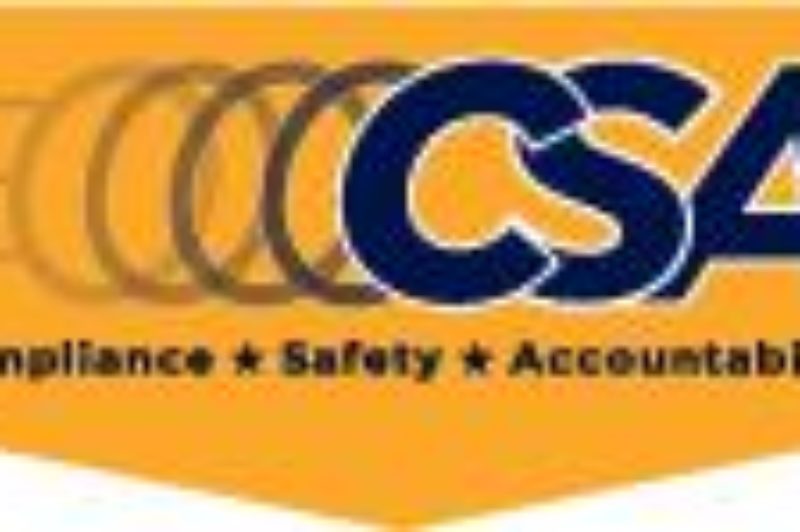
U.S. Proposes Changes to Major Truck Safety Program
WASHINGTON, D.C. - Changes are in the works in the U.S. when it comes to the Federal Motor Carrier Safety Administration's (FMCSA) key truck safety program. The agency announced on Monday it is proposing enhancements to its Compliance, Safety, Accountability (CSA) program, including changing some intervention thresholds to better reflect crash risk."These enhancements to SMS allow us to sharpen our focus on carriers with high crash rates, more effectively identify driver safety problems and hazardous materials carriers with serious safety problems, and more accurately account for carriers that are driving on our roads the most," the agency said on its website. These proposed changes are based on results from the agency testing and input from industry, enforcement, and other safety stakeholders. The proposed SMS enhancements include: Changing some of the SMS Intervention Thresholds to better reflect the Behavior Analysis and Safety Improvement Categories' (BASICs) correlation to crash risk.
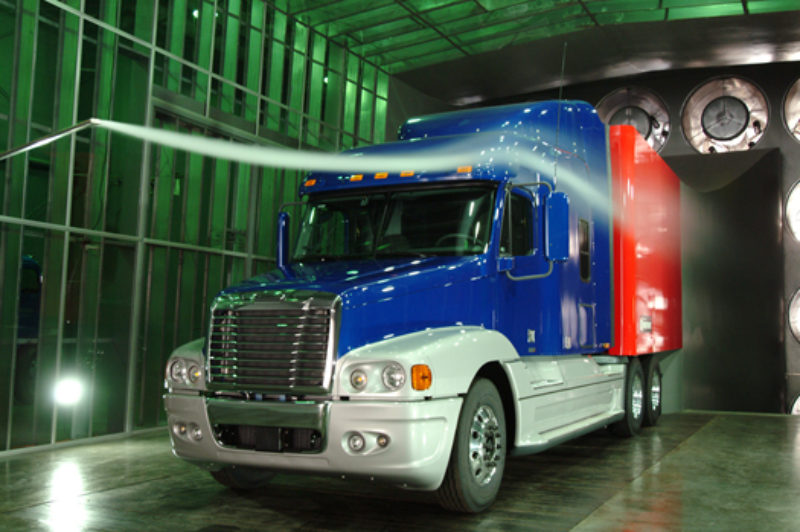
New Rules Rely On Yet Unproven Technology: ATA
WASHINGTON, D.C.-- Industry reaction to the proposal announced Friday by the U.S. Environmental Protection Agency (EPA) and the Department of Transportation's National Highway Traffic Safety Administration (NHTSA) to improve fuel efficiency and cut carbon pollution for medium-duty and heavy-duty trucks has been swift and more positive than negative in tone. The plan for the 2021-2027 models years, which also calls for trailers to be subject to fuel efficiency and greenhouse gas standards for the first time, drew support from the American Trucking Associations, but the fleet group said it remains concerned the rule may result in the use of certain technologies on vehicles before they can be fully tested.
Changes Proposed to Dangerous Goods Transportation Reporting
OTTAWA -- Transport Canada has posted in the Canada Gazette proposed changes to reporting requirements when it comes to regulations over spills or accidents involving the transportation of dangerous goods. Regulators are providing a comment period, after which they will review comments from industry. No timeline has been established for when Transport Canada will finalize the proposal. Highlights from the proposed amendments include: A new definition of the release of dangerous goods; Amendments to reporting requirements to introduce circumstances under which a report is required; Exceptions where the reporting obligation does not apply; The reporting of the loss or theft of dangerous goods; The reporting of unlawful interference with dangerous goods; and New reporting criteria for misdeclared or undeclared dangerous goods to harmonize with International Civil Aviation Organisation (ICAO) reporting requirements.
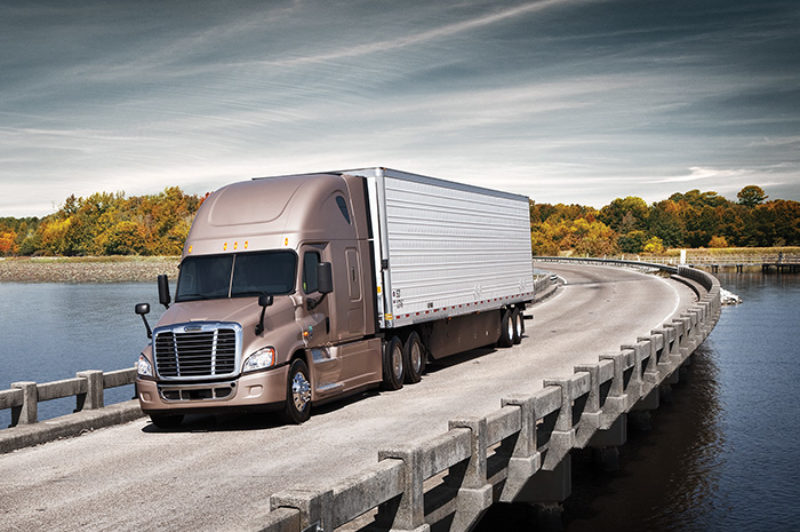
Fight Expected Over Upcoming Truck Emissions Rules
The trucking industry in the U.S. is bracing for federal regulators to soon propose new rules requiring the fuel efficiency of new trucks to increase by as much as 40% by 2027 from 2010's level. That's according to a story this week from Reuters, in which it reports that some trucking aren't necessarily opposed to tougher standards. The reason is because fuel is one of any trucking operation's greatest costs, but the real fight may lie in the smaller details of the plan. For instance, the U.S. Environmental Protection Agency earlier said it will introduce "performance-based" standards, meaning truck makers can use a variety of options to hit fuel economy and emissions targets, ranging from changes in the engine all the way to putting additions on trucks and trailer bodies.
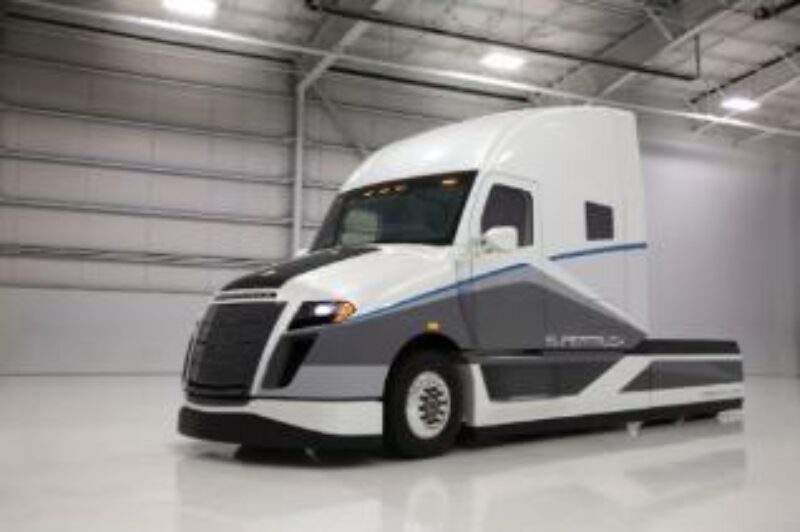
Will Your Mirrors Be Replaced By Cameras?
PORTLAND, OR -- The parent company to truck makers Freightliner and Western Star has asked the U.S. federal government for permission to put newer technology in place of required equipment. In its petition to the National Highway Traffic Safety Administration (NHTSA), Daimler Trucks North America (DTNA) asked the agency to revise federal regulations so it can replace rear view mirrors with camera-monitor systems (CMS). The U.S. Federal Motor Vehicle Safety Standard (FMVSS), number 111, requires rear view mirrors on each side of heavy-duty trucks. The reason, according to petition, "is necessary for manufacturers like DTNA to optimize vehicles for fuel efficiency." "DTNA strongly believes that CMS technology can achieve the same or better level of safety as outside rearview mirrors in providing the driver a view to the rear along both sides of the vehicle, but with enhanced environmental benefits, especially for large trucks," the company said in the petition.
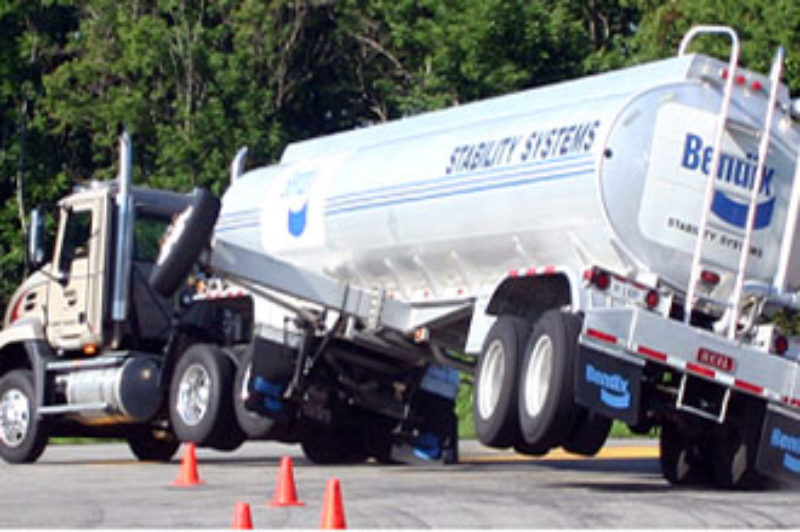
U.S. Issues Electronic Stability Control Mandate for Trucks
WASHINGTON, D.C. -- The U.S. Transportation Department's National Highway Traffic Safety Administration (NHTSA) said on Wednesday it has finalized rules requiring electronic stability control (ESC) systems on new commercial trucks and large buses. The regulations require the systems on Class 6-8 trucks plus large buses exceeding 26,000 pounds in gross weight. Compliance will be evaluated using a "j-turn" test that replicates a curved highway off-ramp. The rules will take effect for most heavy trucks two years from publication of the regulations while some of the largest buses will have longer to comply. Canada is expected to adopt similar regulations.
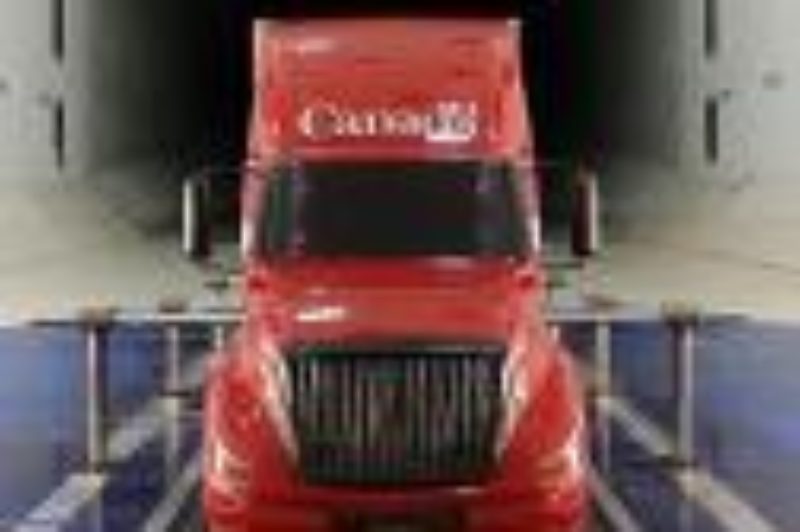
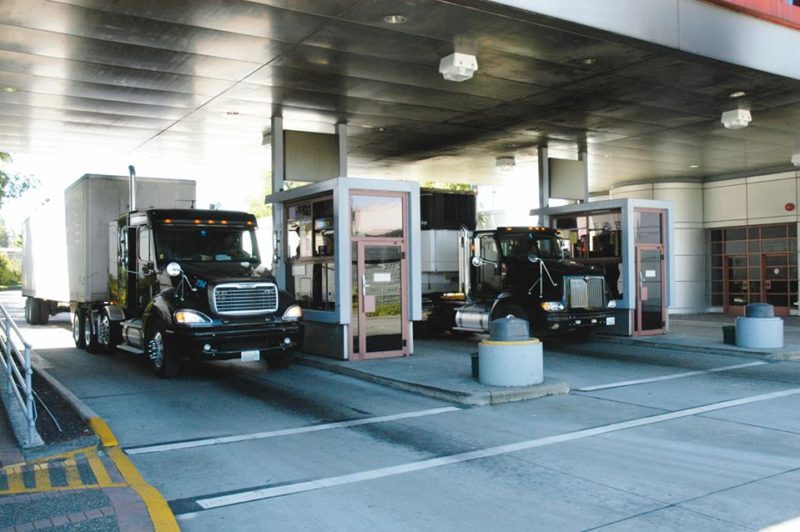
Driving Standards Unveiled, Part of Mandatory Training Goal
OTTAWA -- The job of a truck driver has been defined more clearly than ever before, at least according to the new National Occupational Standard unveiled Monday by Trucking HR Canada, which is expected to pave the way toward establishing mandatory driver training regulations.